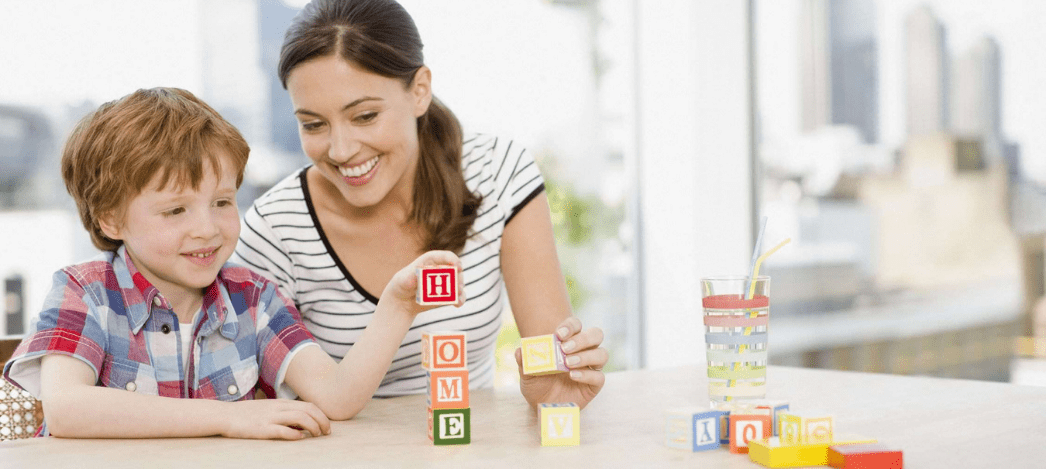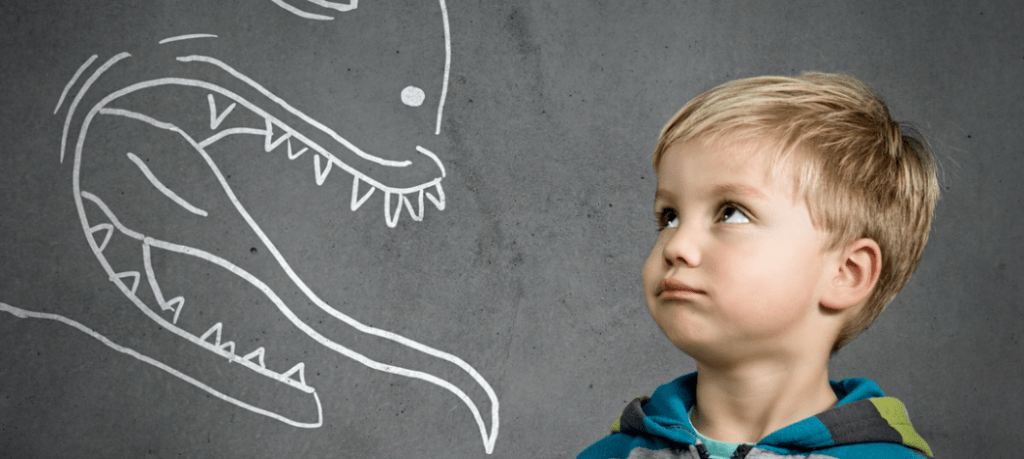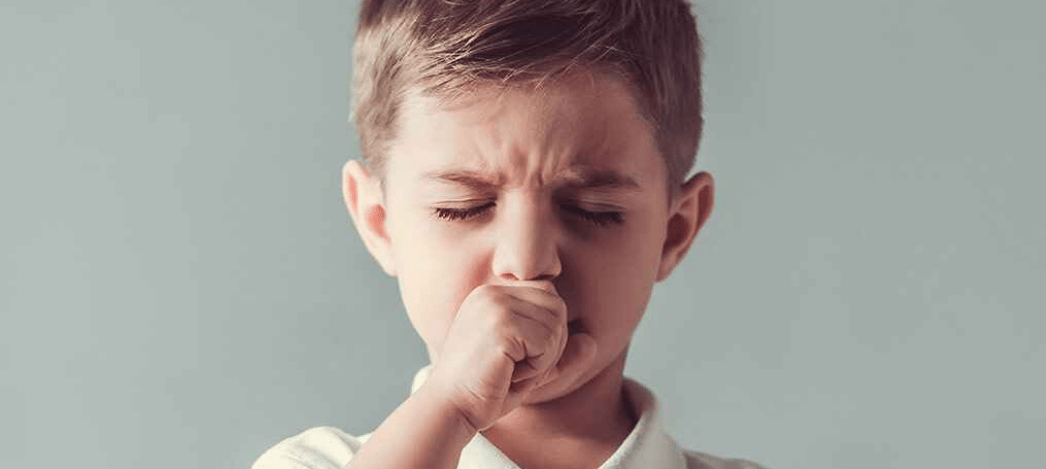What is exam fear?
How do we deal with exam anxiety?
How do I stop getting panic in exams?
All these questions are breathtaking for children today.
Exam fear is a very common phenomenon among many students and it has a disastrous effect, no doubt. But, have we ever tried to think about the causes of the fear, to remove the fear and make exams an enjoyable task rather than a scary one, to focus upon the students in order to make them capable of overcoming their fear especially on weak students to make them stronger.
Let us understand this with a few tips and learn how to overcome this problem:
What does exam stress look like?
Some signs of stress include:
- Feeling confused
- Losing touch with friends
- Feeling moody and low
- Having trouble making decisions
- Feeling overwhelmed
- Lack of motivation to do anything
- Trouble sleeping or getting out of bed
- Tense muscles or headaches
- Having an upset stomach or feeling sick
- Fidgeting, nail-biting, teeth grinding

Let us understand a few tips for the same and learn how to overcome this problem:
- Try to relax, keep your stress level to a minimum.
- Prepare a revision timetable and set out what topics, subjects you want to cover each day.
- The best way to study is usually in short periods and build your timetable in such a manner that you keep some time for relaxation.
- Think positively
- Visualize success
- Eat before the exam
- Form a study group
- Exercise is a great stress buster



















